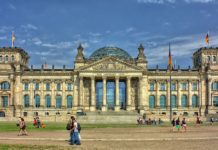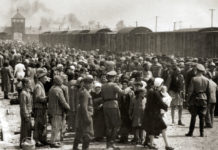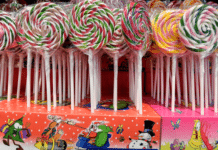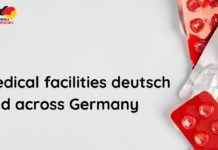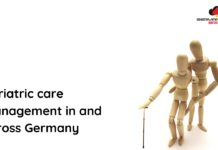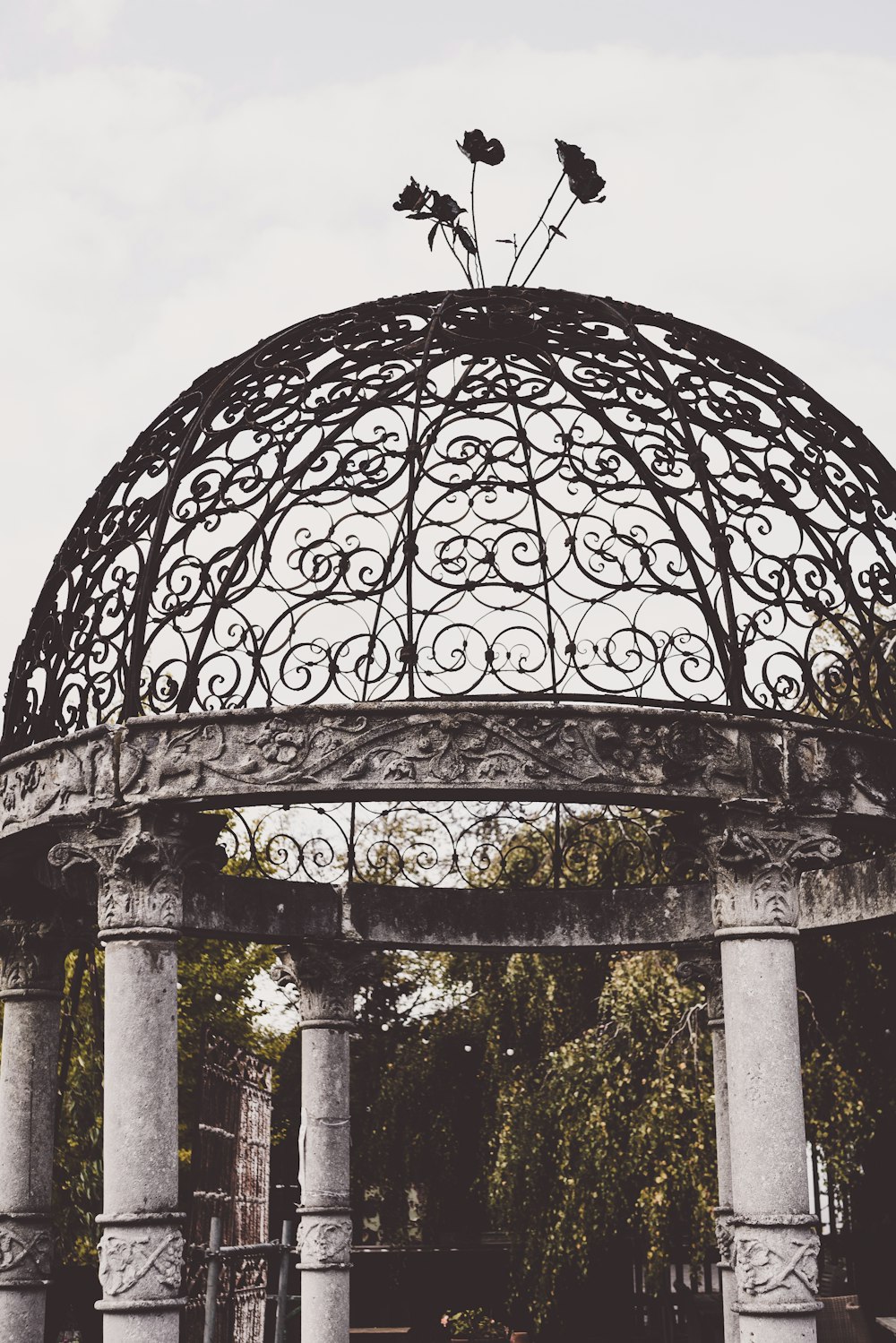Günter Grass quoted ” For in our country, everything is geared to growth, we are never satisfied. For us, it is never enough. We always want more. If it’s on the paper we convert it into reality, even in our dreams we are productive”.
This devotion and hard work have combined with a public demeanour which is at once reserved and assertive to produce the Germans as aloof and distant. Yet Germans prize their private friendships and relationships with their neighbours and place a high value on leisure and culture and enjoy the benefits of liberal democracy.
Welcome to the Deutschland where every individual represents himself proudly as “Der Deutsche”. The words ” Der Deutsche” translate into “The German” in the English language. The German land is a part of the European Union and is the seventh-largest country in the European continent. This land covers an area of 137,847 square miles of which 34,836 miles is covered by land and 3,011 contains water. ⅓ of the German nation is still covered in forests and woodlands despite being densely populated and inhabited. Berlin State in Germany remains as its capital and is 9 times bigger than Paris and has more bridges than Venice. Traversing the European continent’s main physical divisions, from the outer ranges of Alps, northward across the varied landscape of Central German Uplands and then across the North German Plain. A portion (65%) of Germany’s highways has no speed limit.
Notions about the German landscape and its natural resources and manmade artefacts:
It remains as the picturesque land, as it is the 7th largest European nation, it encompasses a wide variety of landscapes: the tall, sheer mountains of the south; the sandy rolling plains of the north, the forested hills of the urbanized west & the plains of the agricultural east. At the spiritual heart of the country is the magnificent east-central city of Berlin, which rose Phoenix-like ashes from WWII and now after decades of partition, is the capital of a reunified Germany and the Rhine River, which flows northward from Switzerland and is celebrated in visual art, literature, folklore and songs. Also along its banks and principal tributaries among them the Neckar, Main, Moselle and Ruhr stand hundreds of medieval castles, churches and villages full of scenic beauty. They also have market towns and centres of learning and culture including Heidelberg, one of Europe’s oldest universities founded in 1386. It also has Mainz, the most important publishing house in Europe. All are centrepieces of Europe’s thriving economy which brings millions of visitors to the country each year drawn by its natural beauty, history, culture and cuisine. The major lineaments of Germany’s physical geography are not unique. The country spans the great east-west morphological zones, that are characteristic of the western part of central Europe.
Here’s a list of all the famous artefacts across Germany:
- Bundesadler or Coat of Arms or the Federal Eagle.
- Brandenburg Gate
- Museum of snoring
- Reichstag building
- Berlin Wall
- Neuschwanstein castle
- Iron cross


